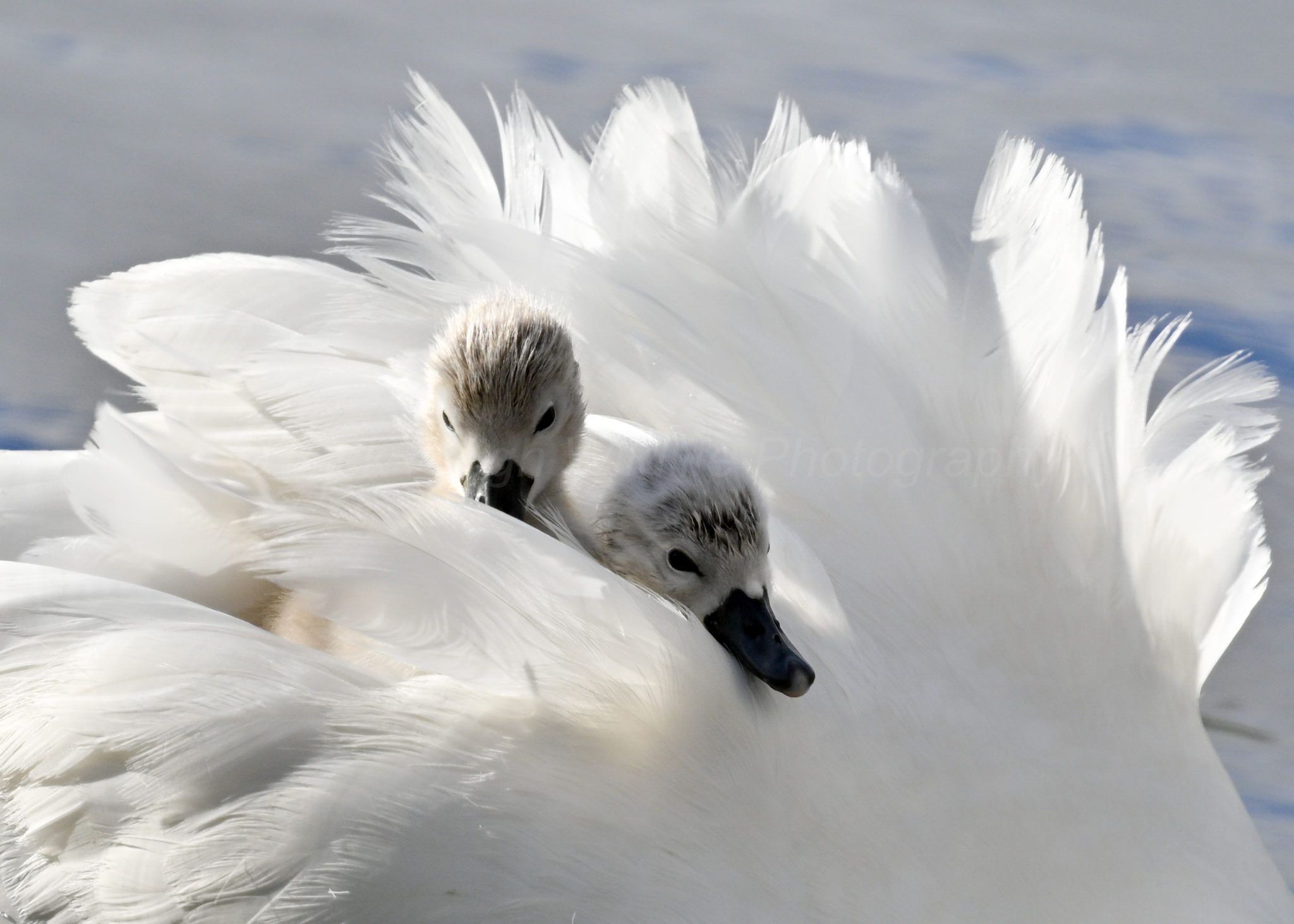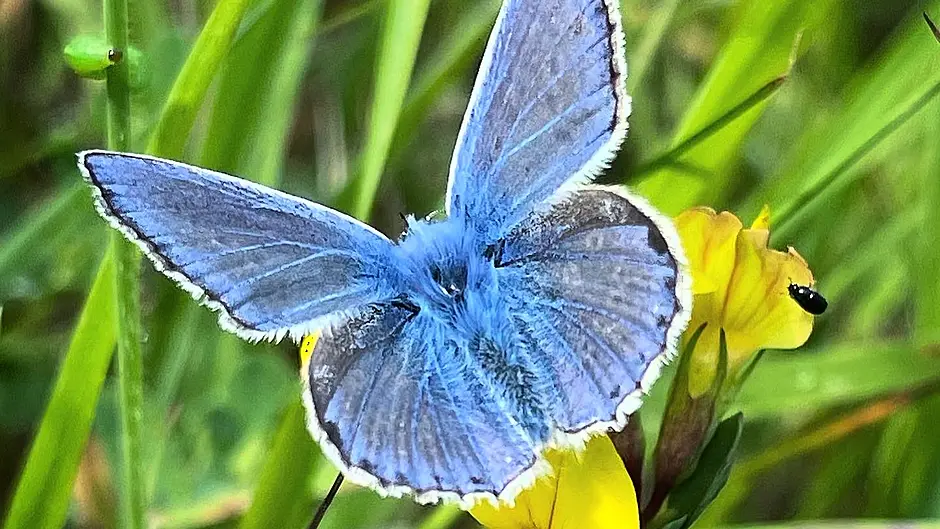AS the local saying goes, there is no better place to be than West Cork when the sun is shining. The lush green landscape meets the blue ocean, which mirrors the clear sky on a cloudless day. Beyond the stunning scenery, the wildlife this time of year is remarkable. If you have time to explore or are hosting visitors, here are three areas of wildlife that are truly at their peak in West Cork right now.
Creatures of the deep
West Cork is a prime destination for marine wildlife sightings. Already this year, there have been numerous sightings of fin and minke whales, dolphins, porpoises, sunfish and seals. Basking sharks were prolific in May but have since mysteriously disappeared. However, they are generally off our shores until the end of June, with a few stragglers into July, so still worth keeping an eye out for.
It is important to remember that marine mammals such as dolphins, whales, and seals are protected species, as are basking sharks since 2022. It is an offence to hunt, injure or willfully interfere with them in their breeding or resting places. Therefore, in my view, it is best to book with a reputable tour boat operator if you want to get close to these species on the water. This will ensure compliance with the law, keep everyone safe and importantly, limit the amount of interference and avoid upsetting these magnificent creatures.
While the best way to get close to marine wildlife is on a boat, I have already seen common seals, minke whales and basking sharks from the shore this year. Binoculars have been a useful addition for me, but you don’t need to break the bank to get a reasonable pair. My budget set has greatly enhanced my ability to observe marine life along our coasts.
Sadly, humpback whale sightings are becoming less frequent here. However, they absolutely are still worth looking out for. It is easier to spot larger marine animals on calm, clear days. Watch for fins breaking the water and their blow. Whales and dolphins can’t breathe underwater, so they must surface for air. Larger whales such as humpback, fin and minke create these blows, forceful exhales or air, as they surface. This creates a fine mist in the air that lingers briefly, especially on a still day, alerting us to their presence.
Young wildlife
 A female mute swan carrying her two cygnets on her back, seen last week on the Ilen River. (Photo: Nick Haigh)
A female mute swan carrying her two cygnets on her back, seen last week on the Ilen River. (Photo: Nick Haigh)
While spring is typically when we anticipate the birth of our young native animals, early summer presents a wonderful opportunity to spot them. With luck, you might catch a glimpse of otter cubs swimming alongside their mother in a river. We were fortunate to witness this on the Ilen River last year and remain vigilant for similar sightings. Fields that have been freshly mown for silaging make it easier to observe foxes and their cubs as they venture out of their dens and begin to explore.
Fledgling birds are a real delight. This year, in our garden, we have been fortunate to observe nests of blue tits, wrens, robins, and blackbirds. Now that the chicks have fledged, it is wonderful to see them stretching their wings and hopping about. They are freshly feathered but still quite fluffy, continuing to be fed diligently by their parents. We have delighted in watching the parent wrens and blackbirds sift through our compost for grubs and worms to feed their young.
Wildflowers teeming with life
This time of year is also perfect for taking a closer look at our native wildflowers. Upon inspection, it is clear that these pretty and colourful flowers serve not only as an aesthetic feature in our countryside but also as crucial resting spots, shelter and food sources for a wide range of invertebrate life.
Bees, hoverflies, beetles, wasps, and butterflies all visit flowers to feed on nectar, pollinating them as they move from one flower to another.
 A common blue butterfly seen on bird’s-foot trefoil along the Joe Walsh Walkway in Clonakilty. (Photo: Ann Haigh)
A common blue butterfly seen on bird’s-foot trefoil along the Joe Walsh Walkway in Clonakilty. (Photo: Ann Haigh)
In Ireland, we currently have 21 species of bumblebee, making them an excellent and accessible group to begin identifying. Various guides to identifying Ireland’s bumblebees are accessible online. A good starting point is observing the colour of their tail hairs.
You will quicky begin to discern differences in tail colour and the number and colour of bands on their bodies, so that identifying them soon becomes straightforward and enjoyable.
One of our common bumblebees, the common carder bee, is a delightfully fluffy insect distinguished by a fully ginger thorax and thin bands of black and white on its abdomen. This bee possesses a relatively long tongue, or proboscis, allowing them to access nectar from deep within flowers. They are commonly observed feeding on flowers like clover and vetch.
Concerningly, butterflies are not as abundant as they once were, however, you can still spot many different species visiting wildflowers. One of our favorites is also one of the smallest, the common blue butterfly, with a diminutive wingspan of around three and a half centimetres. This beauty favours flowers such as bird’s-foot trefoil, thistles, and kidney vetch. One species that I haven’t spotted myself yet in West Cork, but is gradually spreading from the East, is the comma butterfly. Keep an eye out for them; you will recognise them by their distinctively notched wing
edges.
Summer in West Cork, with its long evenings, is fleeting. Take the opportunity to explore and capture the beauty around you. Don’t forget you can take a photo of anything particularly lovely and submit it for our reader’s picture of the week. A photo featuring one of our native wildlife species would definitely earn my vote!








